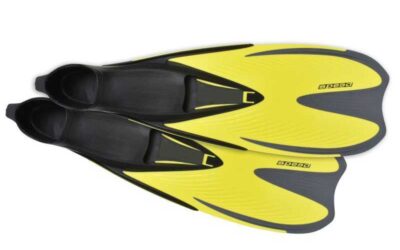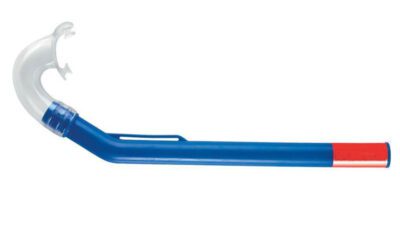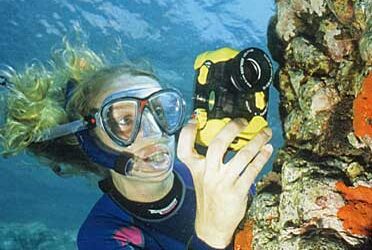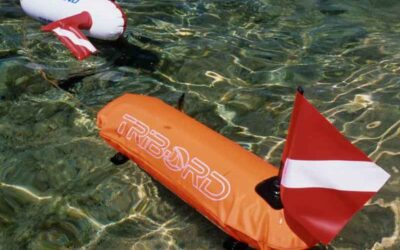Snorkeling guide: Introduction
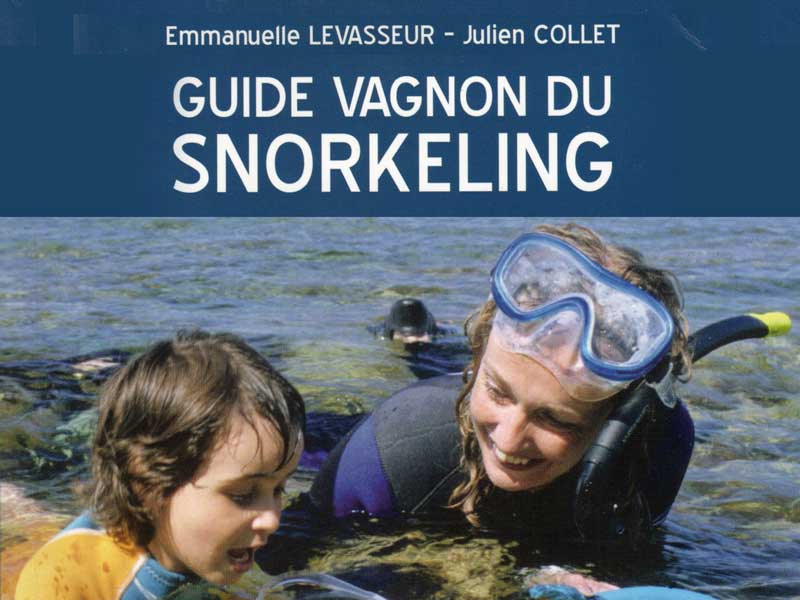
Like a fish in water
Put on a pair of flippers, grab a mask and snorkel, and set off to discover this rock that barely rises out of the water, fifty meters from the beach.
Now you're a snorkeler or a palm hiker, a swimmer who observes underwater nature, who takes pleasure in discovering a dike or a scree at the foot of a cliff.
It's the simplicity of our practice that makes it so universal! We use light, inexpensive equipment. We can start before the age of 7 and continue after 77. The liquid environment prevents joint trauma and relieves gravity. Access to the sea is free, and we're the only ones allowed to visit some of the most protected reserves. Snorkelling is like cycling - anyone can do it.

So why have a snorkeling guide if it's so easy?
All in all, a wealth of advice that will help you make the transition from awkward visitor to relaxed regular.

Preserving nature
From now on, even occasional hikers must behave like responsible users of the sea. Responsible by ensuring their own safety, signposting themselves, knowing the rules governing swimming and the 300-metre strip, keeping an eye on the weather and their physical fitness. Responsible by adopting a respectful and ecological attitude towards our shared natural environment. By informing yourself, by not taking what is forbidden to take, by taking care not to damage biotopes, by monitoring the evolution of the seabed, which you visit regularly.
We practice a non-competitive sport, an eminently educational pastime, an environmentally-friendly hobby, and a friendly, bucolic way of keeping body and soul in shape.
Like hiking, palm-water rambling can be a healthy form of physical exercise in unspoilt natural surroundings. It can also become a more inquisitive activity. The aim is to discover the multiple forces of life, to identify the animal from the vegetable, to get closer to the fish. A passion for photography or marine biology may be born.

Those who, one day, want to try scuba diving will be "like a fish in water" and will be able to devote themselves to their breathing sensations with complete peace of mind. If you're going to become a long-distance hiker, you'll be better equipped and in better physical condition. If you become a hunter or gatherer, be careful not to become a poacher or destroyer.
After years of snorkeling, our desire to "get in the water" is a mixture of all these motivations, and it's sometimes difficult to choose among all these pleasures.
In writing this snorkeling guide, our aim is twofold: to simplify your learning and to give you the means to share the same emotions.
Snorkeling equipment: fins
Fins are your engine, your boots of seven places! Two imperatives: comfort and efficiency. Fins are called "slipper" or "adjustable" fins.
Snorkeling equipment: the snorkel
There's nothing simpler than a snorkel: a mouthpiece and a tube. Get used to using a simple model, with no siphon or valves for "automatic" water evacuation.
Snorkeling equipment: the mask
A mask consists of one or two lenses, also known as portholes, a rubber or silicone skirt, and a strap to hold it all together.
Emmanuelle Levasseur, Julien Collet
At a time when the state of the seas and oceans is steadily deteriorating, and underwater life seems to be in danger everywhere, snorkeling is a marvellous discovery that can turn into a useful awareness-raising activity.
Snorkeling equipment: the signal buoy
As jet skis and motorboats invade our shores, it's crucial to ensure maximum visibility with a buoy.
